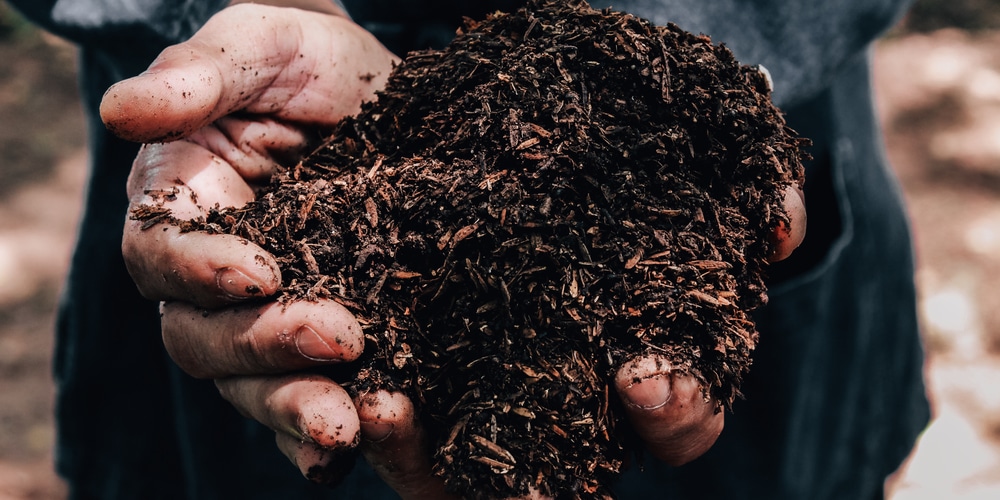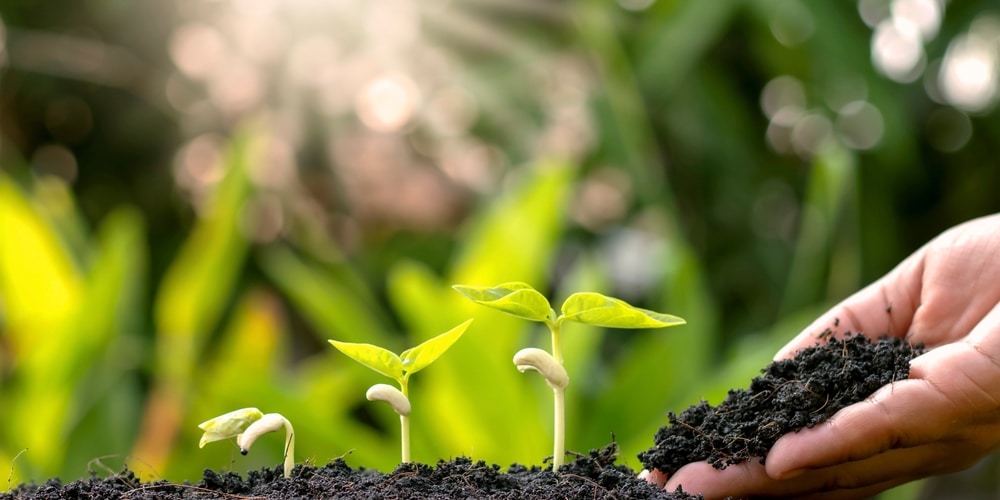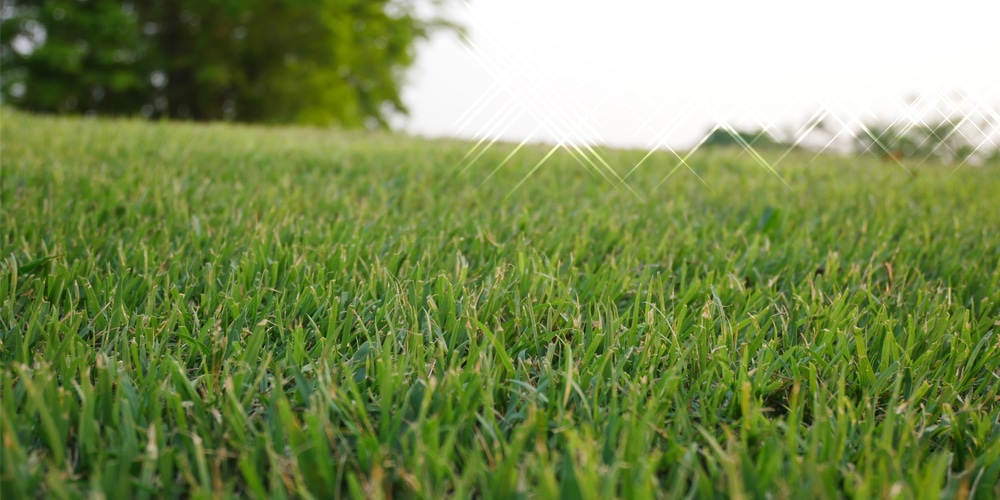Humic acid is safe and easy to use. It’s often underrated but is one of the best and cheapest lawn boosters on the market. Let’s look at when to apply humic acid to your lawn.
Humic acid is a great product that can help improve the quality of your soil and the health of your lawn. It’s best to use humic acid on your lawn in the spring at the beginning of the growing season. If you have a yard with cool-season grasses, you can use humic acid in the fall.
The ideal time to apply humic acid to your yard is in the early spring…
Using Humic Acid

Humic acid is made from organic matter such as peat and coal that has decayed. It also includes decomposed plant or animal matter. Organic substances in the soil break down to create beneficial acid that can help improve the health of your soil by creating food for microorganisms in the ground. Humic acid can be used to add nutrients to your lawn.
There are many benefits of using humic acid. It can help to improve the consistency and color of the soil. When humic acid is added, your lawn will also be able to retain nutrients as well as water and air more efficiently.
The main reason gardeners add humic acid to their yards is that it helps to increase the microorganisms in the soils. Humic acid also makes it easier for the grass to absorb the soil’s nutrients and any fertilizer that’s been applied. It changes the soil’s pH, which allows your lawn to absorb additional nutrients that in the past may have been unavailable.
Humic acid can also help to reduce amount of salt present in the soil and the adverse effects it will have on your lawn. It can help protect your lawn from things like fertilizers, herbicides, and pet urine which may kill the grass.
Humic acid also helps your grassroots to grow larger and more robust. It also increases your lawns germination rate. After applying humic acid to your yard, you’ll likely notice a growth spurt and an improvement in your lawns health and color.
Applying Humic Acid
The ideal time to apply humic acid to your yard is in the early spring, just after you’ve spread a microbe-feeding fertilizer. It’s best to begin by removing any weeds from your lawn (here’s our guide to common weeds that look like grass); you don’t want to end up providing nutrients for a pesky invasive species. Then aerate your yard and apply fertilizer.
If you’ve already completed the above job, you’ll be ready to apply humic acid to your lawn. It’s best to do this either in the early morning before 9am or in the evening rather than during the hottest part of the day when the solution may evaporate.
It’s also beneficial to choose a wind-free day when your grass has already started to turn green. You don’t want to solution to be carried away in the breeze. Take the weather conditions into account so that the soil can soak up the humic acid.
When mixing humic acid, it’s best to follow the instructions on the label. In general, you’ll need to combine two ounces of humic acid with about one gallon of water. This can then be sprayed onto your lawn with a pump. Hold the nozzle two to six inches above the ground when spraying and spread evenly across your lawn. One gallon of this solution can be sprayed onto 100 square-feet of ground.
How Often Can You Use Humic Acid on Your Lawn?
For best results, you should apply humic acid to your lawn once or twice a year. The first application should be given to your lawn in the early spring when your grass begins to green-up. You can also apply humic acid again in september or early october during fall.
Conclusion
Humic acid is an excellent product that can help improve soil quality and grass health. It can be applied to your lawn in the spring and again in the fall. It’s best to give your yard humic acid once or twice a year, any more, and your grass may have an adverse effect.
As well as considering the season, it would help if you also thought about the weather and time of day when applying humic acid. It’s best to use the solution to your lawn on a calm, cool day as it can be affected by hot sun and wind, which will cause it to evaporate.
Last update on 2025-04-18 / Affiliate links / Images from Amazon Product Advertising API




